Category Archives: 52 Reviews
Jorge Sánchez, The Opa-locka Effect
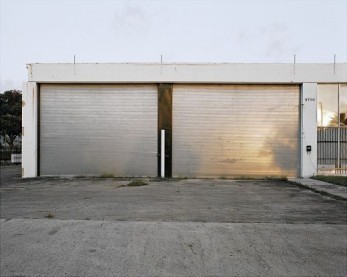
Written on August 14, 2014 at 12:52 pm, by Kara Pickman
The story behind Opa-locka is the lore of lore. Like Scheherazade’s stories within stories, it is a nesting doll of myth and fantasy. Sure, the community in Northwest Dade has the most Moorish architecture this side of Tangiers, but it’s also home to scores of nondescript warehouses and commercial buildings. Jorge Sánchez photographs these buildings—the architectural “common denominator,” as he puts it.
Andrew Horton, Meta Gallery
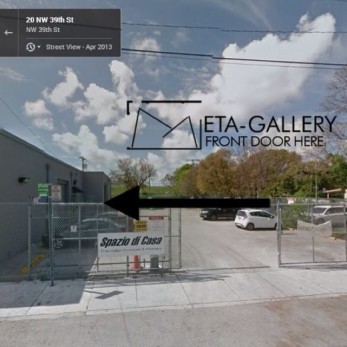
Written on August 3, 2014 at 11:45 pm, by Kara Pickman
For whatever reason, Miami’s art world (and its world world) creaks to a halt in the summer. People flee, or they stay at home and juice. Which makes Meta Gallery all the more frustrating. The curatorial project by Andrew Horton has been clogging my inbox for weeks. Housed in the Locust Projects project room, Horton’s gallery is a rapid-fire assault on our sluggish social calendar. For all of those who want more programing, he’s brought more programing. For those who didn’t, you’re getting the emails anyway.
Freshly Squeezed

Written on July 23, 2014 at 3:13 pm, by Kara Pickman
On the back wall of Freshly Squeezed, a trio of pictures of buildings taken by Ivan Santiago are quite similar. Each features the same light: that engorged crepuscular glow that so luridly floods our evenings down here. Each features the same architecture: that drab coral bunker look that speaks of suburban dentistry and hurricane season. And each features the same composition: building slightly cropped, photographed from across a stretch of parking lot, as if the photographer merely pulled over and stepped from his idling car. But there is one difference. The first two include signs (Adult Video Connection XXX and Erotic Boutique of Kendall) that explicitly advertise the salacious qualities of the businesses, but the third does not; there’s just a lone car in the parking lot. Even so, it feels just as sleazy. We wonder, is there something in the architecture itself, in the quality of light, that causes this, or does the feeling just leak in from the other works?
Karen Rifas
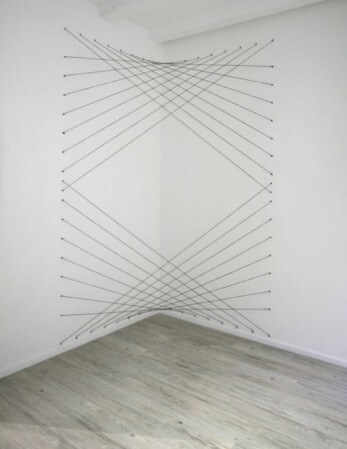
Written on July 16, 2014 at 9:17 am, by Kara Pickman
As a high school student flipping around in my AP art history textbook, I would return to group of several thumbnail-size paintings of trees by a young Mondrian. In his affected geometric handling of the branches and leaves, you saw where he was headed. The series of paintings represent less the Modernist program than an artist developing his style, slowly paring away of the inessential. Karen Rifas has done a lot of paring as well.
Simon Starling

Written on July 8, 2014 at 4:28 pm, by Kara Pickman
I have limited experience with songbirds. When I lived in Munich as a small child, we went to visit four distant aunts who shared a small apartment in Kettwig. They had never married because all of the men had been killed. For company, they kept a little bird. This was the first time I saw a bird up close, teetering on a metal tube above a bramble of newspapers, and it was quite memorable, in more ways than one. See, years prior, this bird had been let out of his cage. It might have been the first time, or just one of many regular excursions. But that day, the first thing he did was stretch his wings, flutter up to the ceiling, and then swoop down across the room, right into a full pot of simmering stew. “Ploop” was how one of the sisters described it, her jowls ashuffle. So they scooped him out with a slotted spoon, set him on a paper towel, and waited. The bird survived, but the stew kept his feathers. When I saw him that day, he was completely bald, nothing more than a little kaiserscrotum.
William Cordova, Ceiba: Reconsidering Ephemeral Spaces
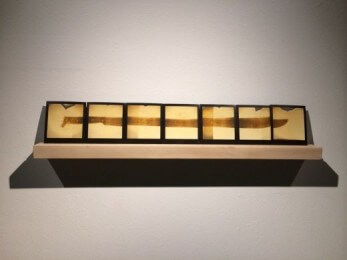
Written on July 1, 2014 at 10:53 am, by Kara Pickman
You first see a machete hacked into a row of seven polaroids. Each image is yellowed and distorted by bubbles, which is fine because everyone knows that polaroids are never just about image quality, but about image physicality: the weight and feel, the thing of the image. To take a polaroid isn’t just to preserve a moment, but to listen to that coital grind as the exposed film spews from the camera mouth like Gene Simmons’ tongue.
The Look
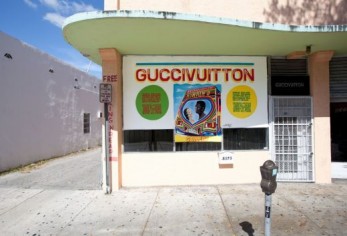
Written on June 23, 2014 at 6:50 pm, by Kara Pickman
On the evening that I saw this exhibition, the spiritual and sonic vibrations of Haiti pulsed through the gallery, emanating not from the work on display—a pared down yet far-reaching multigenerational survey of Haitian art in a variety of contexts—but from the church next door. The Look is self-aware on many levels. The art simultaneously basks in and skirts the pale gaze. The gallery, which has been open on 83rd and Ne 2nd for a few years now, is also aware of its conspicuous presence in the neighborhood. To break down those white cube walls, they’ve commissioned a mural from Serge Toissant, the only Miami street artist I’d like to see more of, and hosted concerts and get-togethers over the exhibition’s run. Had they planned it, the chants coming through the wall would have been a nice touch.
I think it’s in my head
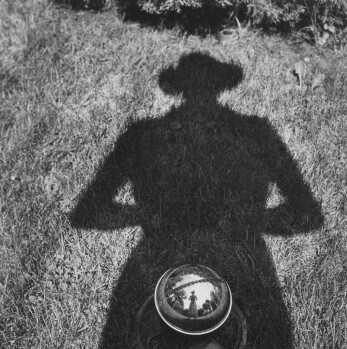
Written on June 13, 2014 at 6:36 pm, by Kara Pickman
There are over 700 pieces in the collection of Francie Bishop Good and David Horvitz. At Girls’ Club, they get rotated in a yearly batch of 40 to 50 by visiting curators. This year, the TM Sisters stepped up to select pieces that “exuded sympathetic vibrations, vivid metaphysics, transformation of all varieties, elements of the supernatural and explosions of psychic power.” That’s quite a checklist. Wouldn’t you like to see the pieces that got left behind? Those whose vibrations were quite unsympathetic, whose metaphysics were dull and drab? It’s a wide, loosely knotted net. Yet, simply because of the quality of the work, it still manages to snare.
Dan Mitchell, Stallinnism
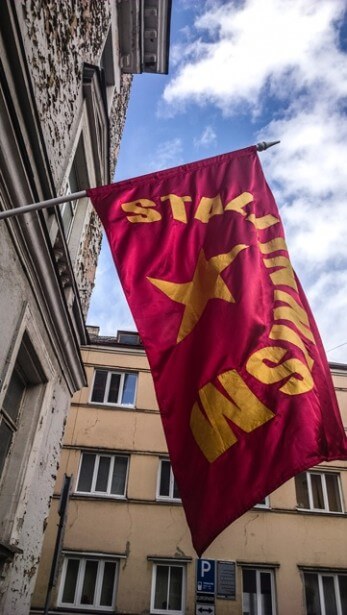
Written on June 9, 2014 at 5:28 pm, by Kara Pickman
The only commercial contemporary art gallery in Tallinn is located in the boiler room of a large Stalinist-era apartment building located a ten minute walk from the Medieval city center. It’s not one of those brutalist apartment blocks that one finds wherever the sun is apt to be covered by clouds. Rather, it is an ornate cake of a building: stately in every way except for the peeling paint, topped by a Soviet star. Walk into the courtyard and enter under the wind-lapped red flag that reads Stallinnism. The doubling of interior consonants in both the flag and the exhibition title puns on the location of the gallery, emerging from twentieth-century ideology.
Christina Pettersson, The Castle Dismal
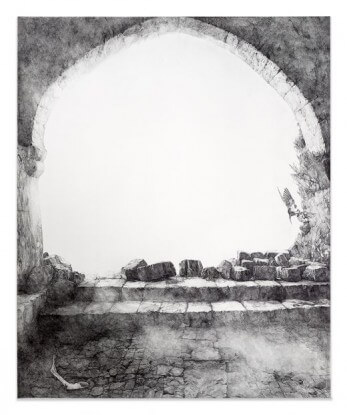
Written on May 30, 2014 at 4:45 pm, by Kara Pickman
The gallery has three drawings, with the largest, “The Terrible Knowing & Not Knowing” stretching across four sheets of paper to form a composition thirteen feet high and twenty-eight feet wide. It’s as large as a Hollywood backdrop. Think Gone with the Wind, Tara in flames. Tomorrow is another day. Except it’s not. All of the action that happened on this sweeping southern stage happened long ago.
